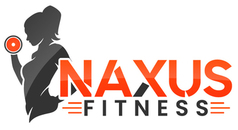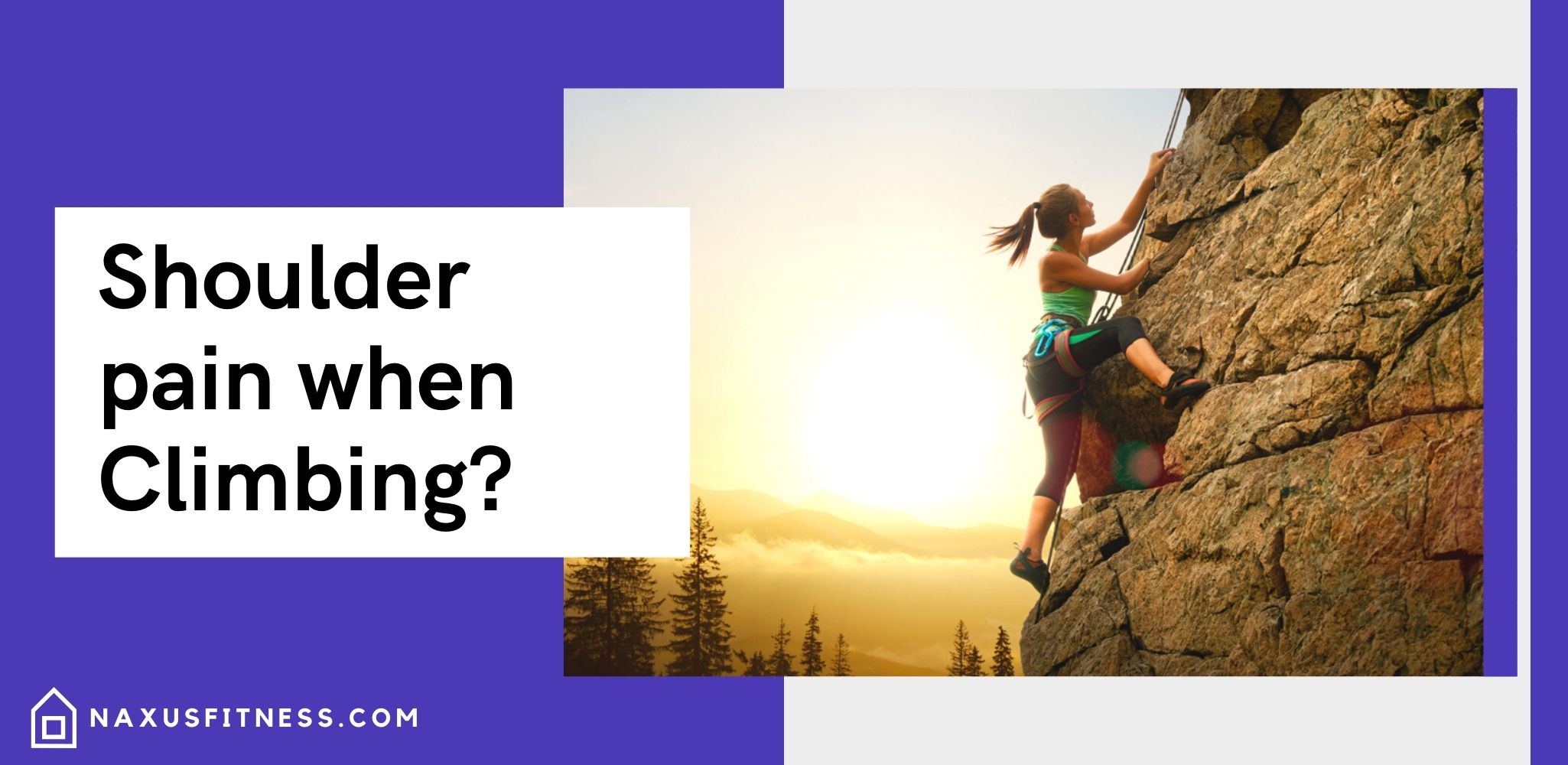How Avoid Shoulder Pain as a Climber
Keep your shoulders pain-free when climbing
Do you remember the time, after a long climbing session, you had to stop because your shoulder hurt? A painful experience during or after a climbing or bouldering session can ruin your flow. Climbing is lifestyle and philosophy of life. In recent years, climbing has also become a sport. Often, nature-conscious movement on the rock gives way to performance and competition-oriented goals. As a sport, climbing is in its infancy compared to athletics or even many ball sports.
Understanding the structure of the shoulder: The joint and its mechanics
Climbing along with climbing gyms have boomed in recent years, offering excellent opportunities for training, one of which has led to a performance-oriented outlook in the climbing scene. From a sports science point of view, this trend can be seen as quite positive, as it creates the need to deal specifically with the sport and the load forms of climbing in order to obtain well-founded and effective knowledge for structured and performance-oriented training.
Avoid shoulder pain as a climber
In a performance-oriented training, this information shows in advance where the shoulder is located functionally, and why some approaches are necessary.
| 1. | The shoulder joint is a so-called ball joint and has the greatest mobility of all joints |
| 2. | Additionally, the shoulder joint has the lowest bony guidance during movements in the joint ranking |
| 3. | With the so-called rotator cuff, the shoulder joint has four muscles (M. Infraspinatus, M. supraspinature, M. subscapularis and M. teres minor), which focuses highly on the guidance and positioning of the two joint partners. |
| 4. | No other joint is actively encompassed by more muscles |
| 5. | For full arm mobility, in addition to the shoulder joint itself, mobility in the shoulder blade (scapula) and collarbone (clavicula) is also necessary. |
Avoid shoulder injuries when climbing, actively prevent
It turns out that shoulder biomechanics are quite complex. Therefore, the question of what is the best shoulder exercise or what is the best training intensity for climbing loads seems extraordinarily difficult – pull-ups, blocking, curls, push-ups, ….
Basically, there must be a consensus on the set training goal. What are the reasons we struggle in the field of climbing athletics and what are the results we hope for? A functional goal of shoulder-focused climbing athletic training is less hypertrophy (i.e. the pure mass increase of the muscles) but an increased resilience and improved strength recruitment in static and dynamic pressure and piece patterns against body load including adapted trunk and leg work – simply put: The main goal is climbing-specific function.
It is only through a structured and conditional training program that climbing-specific load functions can be developed in such an unstable joint as the shoulder.
Avoid shoulder pain while climbing: Stability before mobility
An optimal positioning of the two joint partners is necessary for maximum strength recruitment and absorption of lever forces in the shoulder. This muscular work is called joint guidance. In short, the guidance is responsible for ensuring that the shoulder socket and humeral head, as well as the position of the shoulder blade can be kept constantly qualitative – regardless of the force acting in the joint or the joint position into which the joint is moved. Leadership involves fine motor skills and movement quality, which in turn is a basic skill for movement economy.
A performance-oriented athlete should have the ability to generate maximum movement with the least amount of effort. The clean joint guidance ensures that any forces occurring in the joint are cleanly absorbed as well as optimizing movement economy. Therefore, incorrect and shear forces that can cause pain, injury and wear and tear are avoided.
The lower the bone guidance, the more the muscular structures have to do this. The joint guide replaces the rotator cuff, especially in the shoulder. According to the established functional rule, this means that, in training planning, no clean joint stability and mobility is possible without proper coordination in the rotator cuff. This is the first content of our training plan.
Climbing technique
The way you climb affects the amount of pressure that you put on your shoulder. Beginners tend to ignore their big shoulder blade muscles and therefore ‘hang’ in their arms, putting a lot of pressure on their smaller muscles and tendons. Climbers can also improve their footwork or the intensity with which they grip holds to reduce the pressure on their shoulders. Attending coaching classes in your climbing community will help you to reduce your injuries.
The tasks of the shoulder joint when climbing
There are two basic motor functions of the shoulder joint. Through muscle activity, it can prevent movement against external forces – i.e. stability – and perform movement against or with a load – i.e. mobility. Functionally, we first form the ability to process forces and loads in statics without shear.
During this training phase, the approach is both static and supported exercises that include both training for simple perception and for maximum load absorption. Stabilizing this ability will result in powerful shoulder dynamics. Climbers pay close attention to this area on a shoulder-specific basis. In addition to the typical climbing pulling movements, dynamic mantle and push loads must be incorporated into the exercise repertoire due to the varied route setting.
Prevent shoulder diseases through individual shoulder training
As of now, the three functional areas of shoulder training are clear, as well as their mutual conditions. Additionally, the question is now raised as to which area should be the focus of attention in a performance-oriented manner. Therefore, we believe the optimal focus should be on each individual subject. The maintenance of health and the training effect are compromised if lower levels of motor or performance skills are used, such as joint guidance and perception or shoulder stability.
In addition, comparing the training plans of performance-driven climbers shows that the focus is often on shoulder exercises that build hypertrophy. Due to one-sided structural adaptations, shoulder pain often occurs during climbing as movement-relevant abilities are impaired and performance is reduced.
Here are some ways to avoid shoulder pain (prevention):
Mobility
There is a major problem for climbers (and a great many people generally) with their lack of external shoulder mobility. By bending your elbows 90 degrees and placing them in your side, you can measure this by rotating them outward at 90 degrees. Because everyone is anatomically different, there can be differences between people. A healthy external rotation is not solely the responsibility of your shoulder. For good shoulder health, you need good mobility in your neck and upper spine as well. Static movements can put a lot of stress on your muscles, joints, and ligaments if your mobility is less than ideal. You might force your joint to perform a position it is not able to.
“So I should try to stretch more?””. It’s true, but there’s more to it than that. A healthy way to maintain good mobility is to move your joints from the beginning to the end of their range of motion. Sedentary lifestyles are commonly blamed for mobility difficulties. We have long-term static body positions and lack of movement on a daily basis, resulting in poor joint mobility. Besides past trauma or imbalanced muscle strength, there are other causes for poor posture, such as a former injury.
A good mobility is not synonymous with flexibility. It is essential for your joints to have a good level of stability for them to move correctly. The next point we should address is coordination and strength, more specifically in your mid-back area.
Stability
Stability refers to the ability to maintain joint position or movement. As a result, your surrounding tissues (such as muscles and ligaments) and your nervous system coordinate properly. It is possible to improve your coordination with any exercises with a little bit more focus on speed, timing, complexity, mindfulness, and most important, concentration. Our favorite drills include the T4 spine mobilization and the crab reach. Performing these exercises will stimulate your joints to reach the end of their range of motion, which will improve the stability and mobility of your joints. A good shoulder mobility require a good stability of the surrounding joints as well, which is why we also love looking at the Joint-by-Joint approach.
Strength
The great thing about climbing is that it requires your body to work together and every muscle is used. The front side of your body faces the wall most of the time, which adds to your load on the front side of your body than your back side.
You will develop stronger frontal muscles if you just do climbing rather than muscles on the back of your body. While your frontal muscles provide load internally, your back muscles provide load externally. You should train the following muscle groups to maintain a balanced strength between your frontal muscles and your back muscles: Lattisimus muscles, lower traps, and yes, train your glute muscles. Lattisimus muscles, which are part of the gluteal muscles, contribute to healthy posture. In order to fully utilize the two muscle groups, both ones must be strong and controlled. You can improve the strength of these muscles by doing some of the exercises on our website and YouTube channel. The stability of your shoulders is also influenced by your grip. Therefore, increasing your grip strength as a climber can reduce stress in your shoulder muscles and help you climb longer and stronger.
Frequently asked Questions
Can I climb with shoulder pain?
Unfortunately, it is not possible to climb while the pain is still present. The shoulder muscles can be torn rather than dislocated. This is the most common shoulder injury among rock climbers.
Is rock climbing good for your shoulders?
The pull muscles are a rigorous workout with climbing, but the opposing push muscles of the chest (specifically the pectoral muscles), shoulders, and upper arms are much less strained.
Why do shoulders hurt after climbing?
In climbing, repetitively moving the shoulder into an unfavorable position can lead to this. A shoulder impingement occurs when the bones in the shoulder pinch down on the tendons. Impingement symptoms include a dull pain in the shoulder’s front or side.
How do you prevent finger injuries when climbing?
Through proper footwork and avoiding intense dynamic movements, pulley injuries can be reduced by reducing overgripping and shockloading of the fingers. Always keep your footwork and core engaged whilst avoiding dynamic movements, especially crimps. Keep an eye out for any pain or discomfort so you can avoid further injury.



